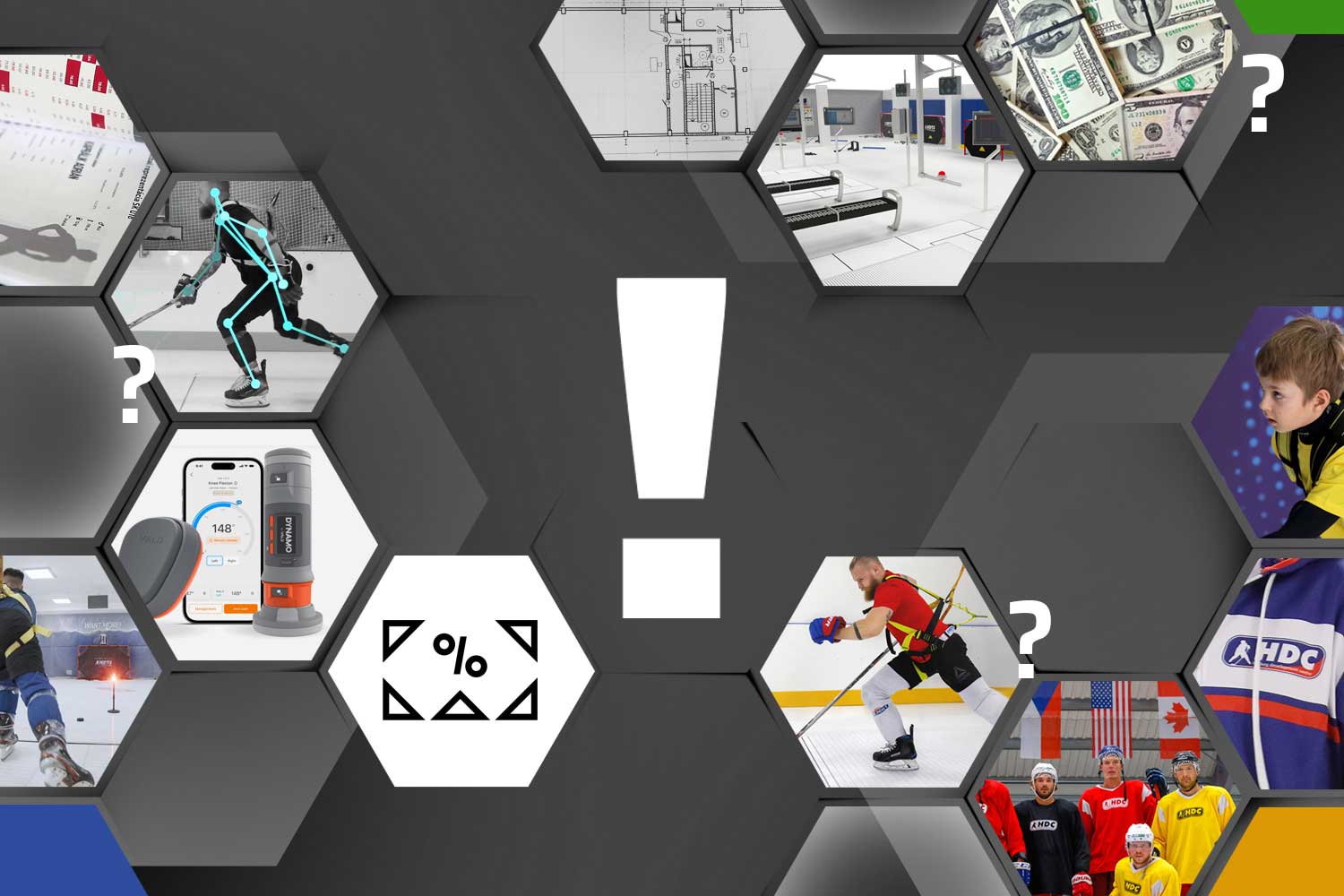
Modern hockey training centers have evolved into vital hubs that fuse advanced technology, expert coaching, and data-driven methods to ignite player potential and build sustainable business models. At HDTS, we lead the global market by delivering innovative training environments like the Fusion Skating Zone, Shooting Zone, professional gyms, and the proprietary beeSPORT diagnostic ecosystem. However, launching your own hockey training center is a complex venture, where common pitfalls can undermine success before it even begins. Drawing on years of industry knowledge, here are the most critical mistakes new owners should avoid to ensure their center’s lasting impact.
Knowing exactly who your center will serve is fundamental aspect of building it. Are you targeting young players eager to develop, amateur teams competing regionally, professional athletes refining elite skills, or academies and professional clubs? Mistakes in defining your audience often lead to mismatched facility size and offerings.
A too-small of a center limits client capacity and revenue. Conversely, an oversized or poorly utilized space drains resources. For example, neglecting essential technologies such as beeSPORT’s player testing systems or skipping AI-driven tools like Skating Analysis for technique improvement leaves your facility behind competitors. Equally vital is establishing early partnerships with local hockey teams, academies, and community organizations to guarantee a steady client base and collaborative opportunities.
Location and suitable space are not negotiable. Leasing without proper permits, securing short-term leases, or choosing spaces with technical limitations—like low ceilings or cramped areas—can cripple operations. A challenging location, hard to find or far from your target clients, decreases foot traffic and engagement regardless of your program quality.
Underestimating total costs beyond equipment purchases is a frequent error. Costs of delivery, installation, facility renovations, marketing budgets, personnel salaries, and staff training must all be realistically planned. Business models reliant solely on membership fees without exploring sponsorships, merchandise, or diverse training camps lack financial robustness. Clear plans for ROI and sustainable growth are paramount.
No matter how advanced your technology or programs, if the world doesn’t know about your center, success is elusive. Investing in well-planned marketing strategies—including website, social media engagement, SEO, and compelling storytelling—is crucial to build brand awareness and attract new clients. Centers that fail to foster community loyalty or showcase real success stories often struggle to grow.
Effective staffing requires more than headcount. Having too many employees inflates costs, while too few limits service quality and client satisfaction. Recruiting qualified coaches, trainers, and technical staff—and continuously investing in their development—ensures your facility delivers on its promise of excellence.
Clients often expect fast results, but building a hockey training center takes time. Accurate estimates for manufacturing, shipping, installation, staff training, and pilot operations avoid frustration and maintain trust. Clear communication about timelines and contingencies aligns expectations and smooths the process.
Oversights in regular technical maintenance, timely software updates, and after-sales support can erode service quality. A rapid expansion without a solid foundation frequently results in compromised client experience and operational strain.
Opening a hockey training center is a demanding but rewarding pursuit. By sidestepping these common mistakes—defining your audience clearly, choosing the right facility, planning finances smartly, investing in marketing, hiring wisely, and managing timelines—you set yourself for success. The HDTS network offers unparalleled expertise and support to elevate your project at every stage. We combine technology, methodology, and community-building to help you create a thriving center that shapes the future of hockey player development.
If you want to explore how HDTS can assist you in delivering innovative, effective hockey training solutions tailored for your center, please reach out to us. We are ready to guide your journey toward excellence.